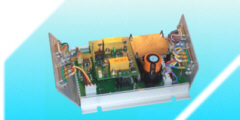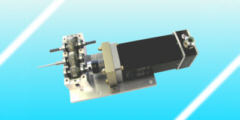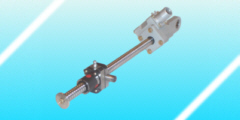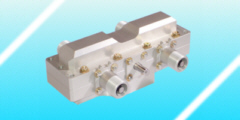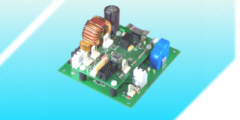Example: LAPAZ - actuator electronics for flight control (with Stemme AG)
Rosner-TDL has developed the actuator electronics for an Automatic Flight Control System (AFCS). The flight tests started in summer 2010 very successfully by test pilot L. Dalldorff and reached the first automatic landing on the 22. March 2012.
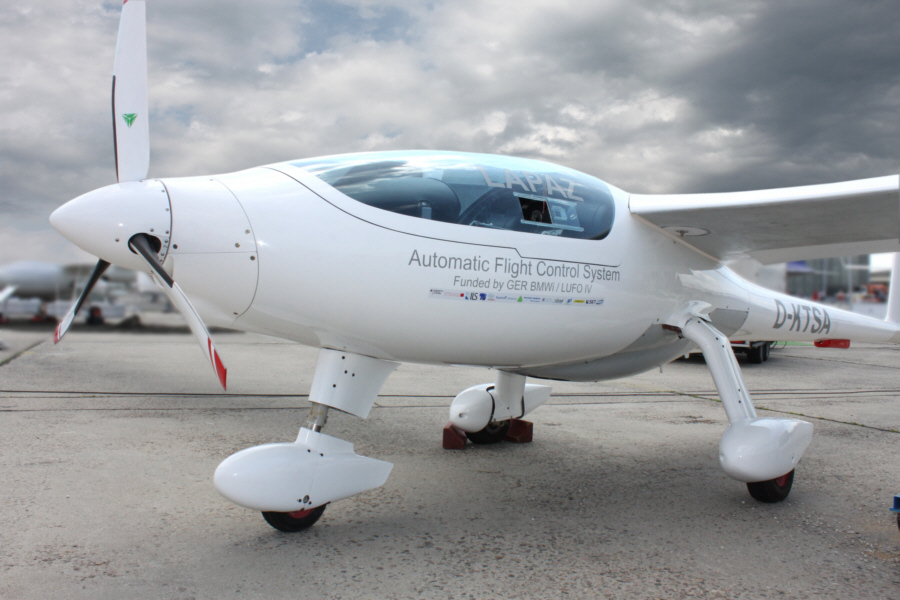
LAPAZ: Stemme S15 with Automatic Flight Control
System
An example for our contribution to technology demonstrators is the actuator electronics, which Rosner-TDL has developed for STEMME AG (Strausberg, Germany). The project LAPAZ (acronym for "Luft-Arbeits-Plattform für die Allgemeine Zivilluftfahrt" or "airborne exploration platform for the General Aviation") is a three year term technology project, supported by the German Federal Ministry for Economy and Technology within the framework of the forth national aviation research program. Other project partners are the Institute of Airborne Systems (ILS, University of Stuttgart, Prof. Dr.-Ing. R. Reichel) and the Institute of Aviation and Aerospace (ILR, Technical University of Berlin, Prof. Dr.-Ing. R. Luckner).
With the first automatic landing on the 22. March 2012 STEMME has demonstrated the integration of the Automatic Flight Control System (AFCS). So the aircraft can be flown manually by the pilot or autonomously by the flight control system ("OPV": optionally piloted vehicle). This enables tasks such as geoexploration or surveillance without pilot which expands the scope of operation considerably.
There are ten actuators in the aircraft, each with full 100 percent control authority. This is considerably more than in typical autopilot systems. Accordingly the actuators and the electronics have to be more powerful. The design of the electronics is based on RTCA DO-160. There are additional requirements (e.g. reaction on gusts) which are vital for safe autonomous operation.
Each actuator electronic system consists of two independent units: the servo electronic unit to drive and control the actuator (motor, clutch) from the flight control (via CAN bus) and the additional resolver electronic unit for the independent supervision of the output position. By the separation failures in the actuators can be detected, so the supervising flight control system can react accordingly.
